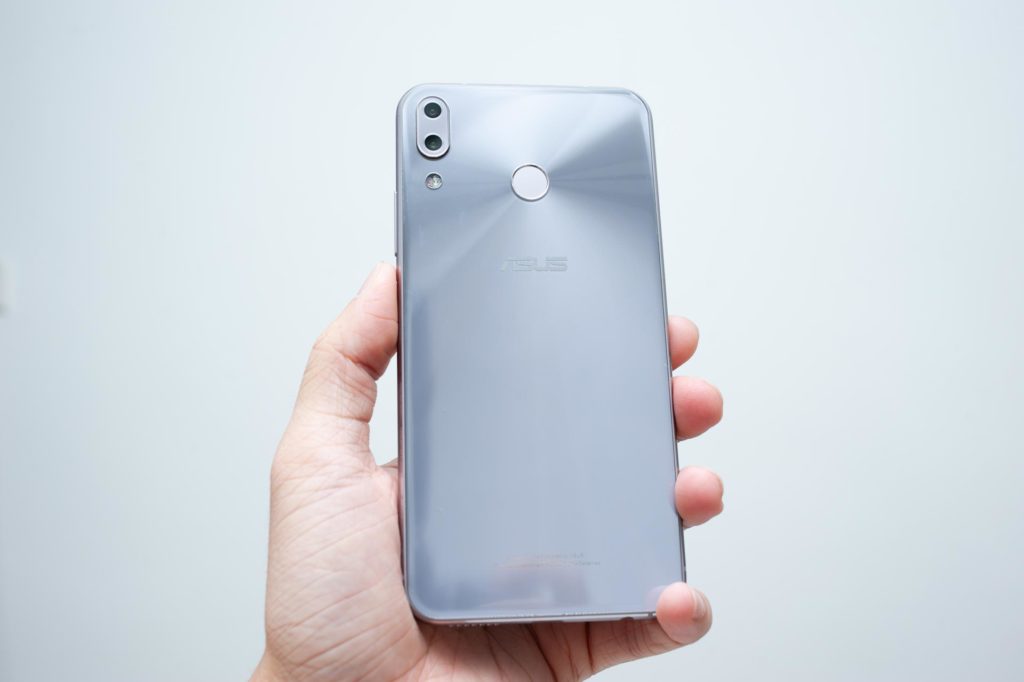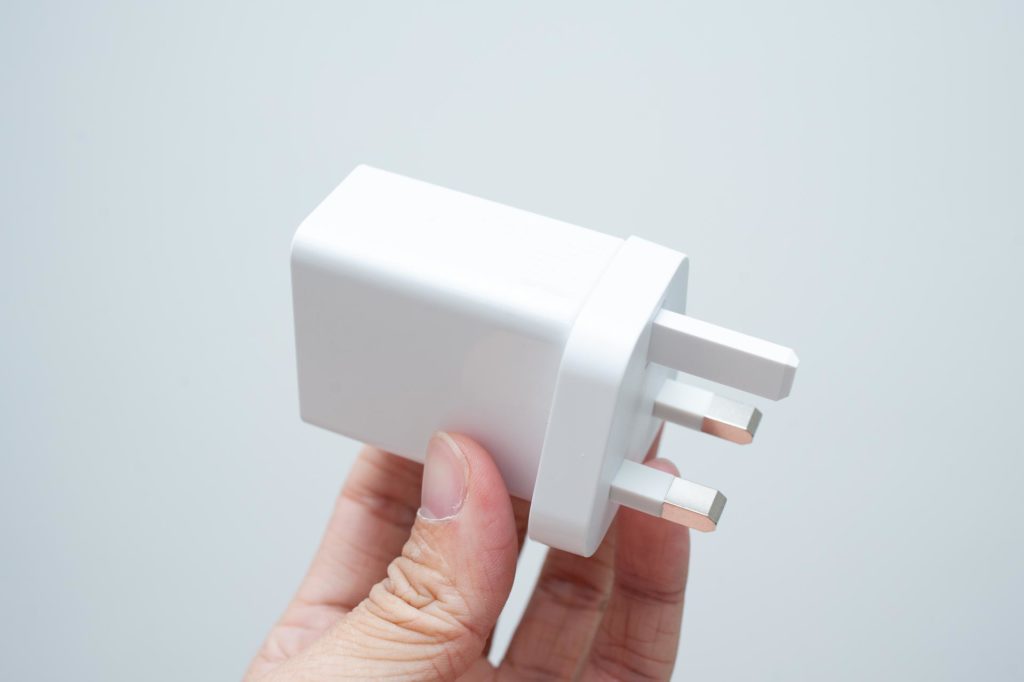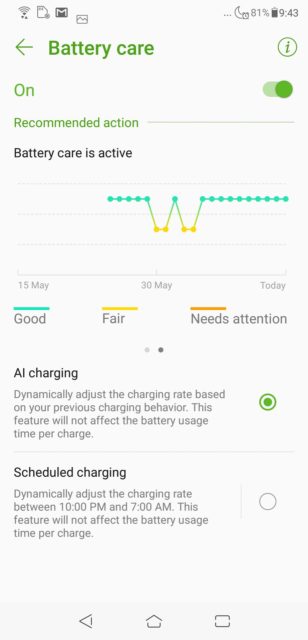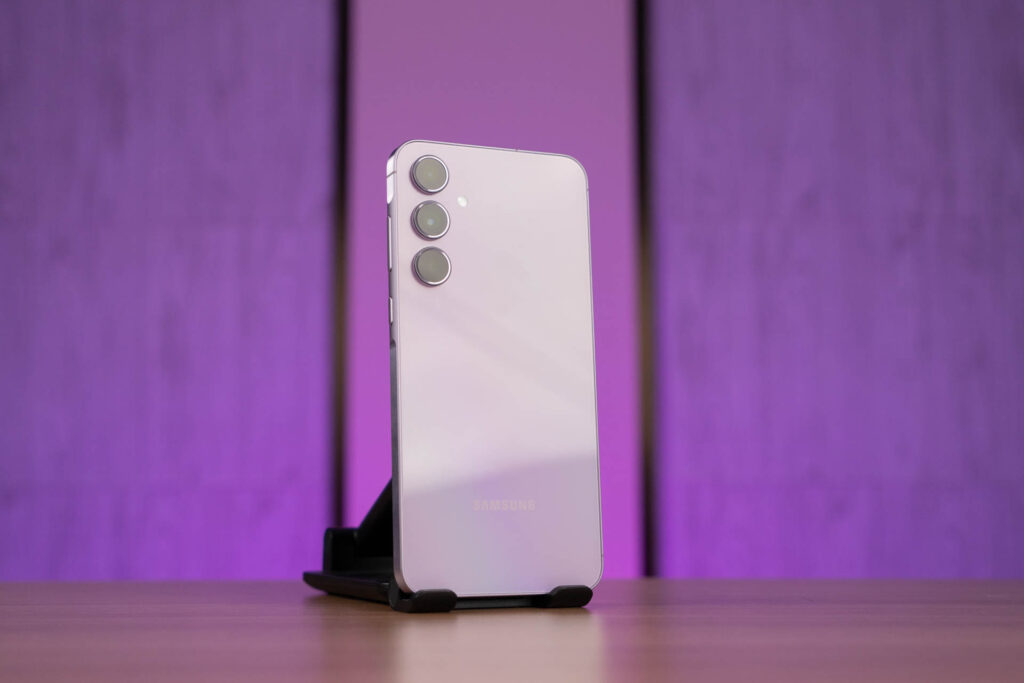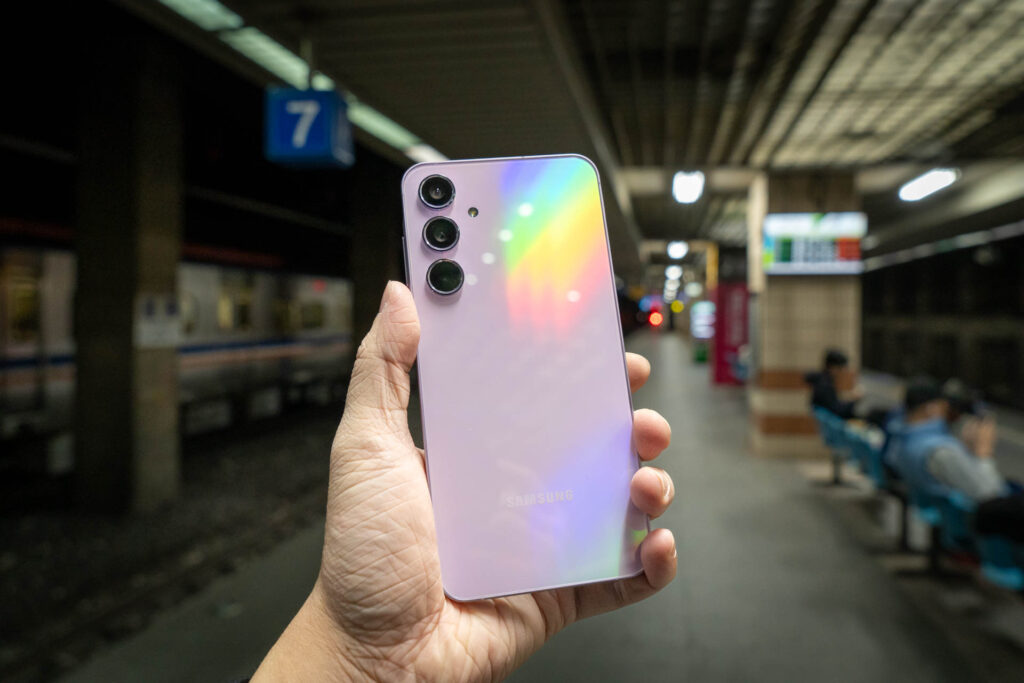Review – ASUS ZenFone 5: Best All-Rounder Smartphone Under RM1,300
10 min read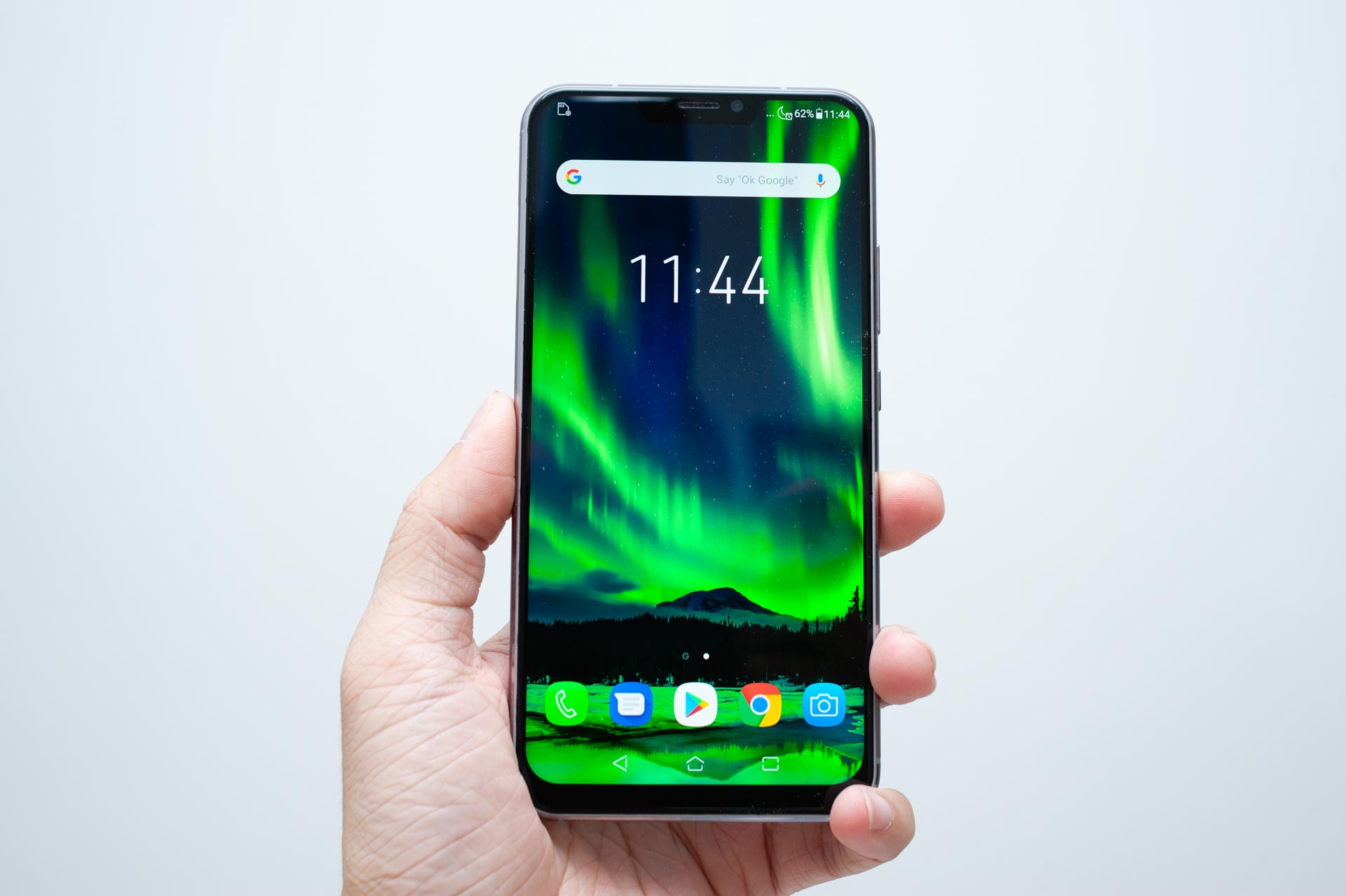
ASUS ZenFone 5
RM 1,299Pros
- Excellent build quality
- Excellent display quality
- Excellent camera image quality
- Ultra wide angle camera for that dope POV
- Superb HDR mode (photo)
- Clean ZenUI 5 build (minimum bloatware)
- Excellent performance
- Excellent power efficiency & battery life
- Value for money
Cons
- Slippery glass back
- Distortion and blurry edges (wide angle lens)
- Washed out colours (selfie)
- Less refined twin apps implementation
Performance & Battery Life
Snapdragon 636, 4 GB RAM & 64 GB storage
All those new AI features that are programmed through the software would not be performing seamlessly if the hardware does not fully support them. That’s where the Qualcomm Snapdragon Neural Processing Engine (NPE) fits into the puzzle. As the Snapdragon 636 supports the platform, developers would just need to integrate the NPE SDK into the system and the software would harness all the performance from the octa-core Kryo cores to enhance the performance of applications with Artificial Intelligence.
As we all know the legendary Snapdragon 625 can be found on most of the mid-range smartphone due to its high performance yet excellent power efficiency. The Snapdragon 636 being the direct descendant of it, is now more powerful than ever. Thanks to the 8x Kryo cores that was introduced in the Snapdragon 820/821. The Kryo 260 is even more powerful than the previous higher-end Snapdragon 653 due to the use of ARM Cortex-A73 cores. Since the chip itself is still manufactured with the 14nm fabrication process, that goes without saying, the power efficiency is outstanding.
That goes without saying, gaming performance is of course not a problem with the Snapdragon 636 and Adreno 509 GPU. For 1080p mobile gaming, even the predecessor Adreno 508 is more than sufficient to provide a smooth frame rate. Hence, for 509 is not even a challenge unless the game devs decide to push the limit.
Battery
While it may not be as generous as the 5000 mAh pack in the ZenFone Max Pro M1, the 3300 mAh battery is fairly acceptable and thanks to the power efficient SoC, we would still extract over a day of use from the battery pack. Throughout my trip to Taiwan, the phone has been heavily used to take photos and works as a WiFi hotspot. By the end of the day (approx 12-14 hours of usage), we would still have somewhere around 10% of battery left, which is really impressive.
Charging
As for the charging, the package comes with a 5V2A charger which is nothing near to any of the quick charge technology out there. ASUS technical team has clarified that quick charge would reduce the lifespan of the battery due to the aggressive charging behaviour. In return what they have developed for the new generation ZenFone is – AI charging. Now, this is an interesting one because they have claimed that the software will study user’s charging behaviour and adjust the charging speed to keep the battery in good health.
Since the AI charging function would require some time to study our behaviour and charging pattern, we couldn’t identify the exact changes in the charging cycle since our review period is short and the usage during my Taiwan trip is inconsistent. Nonetheless, as far as I could tell, it takes around 90 minutes to charge the device from 10% to 100%.
Contents



